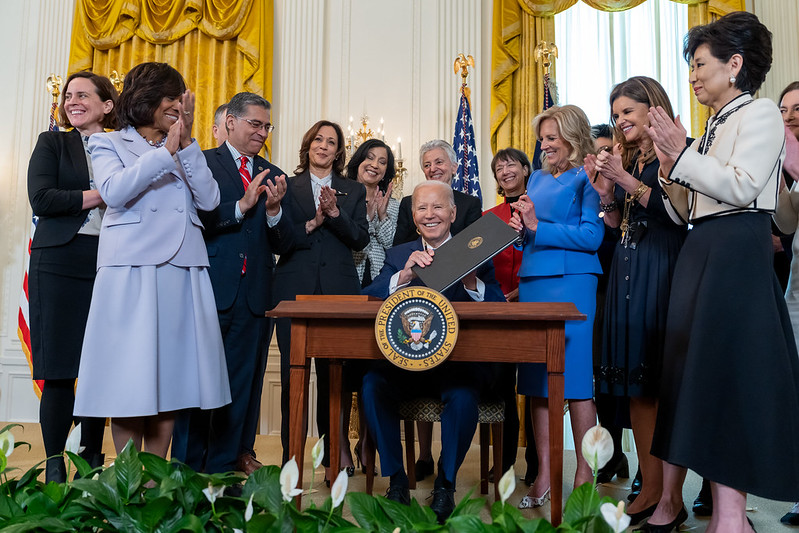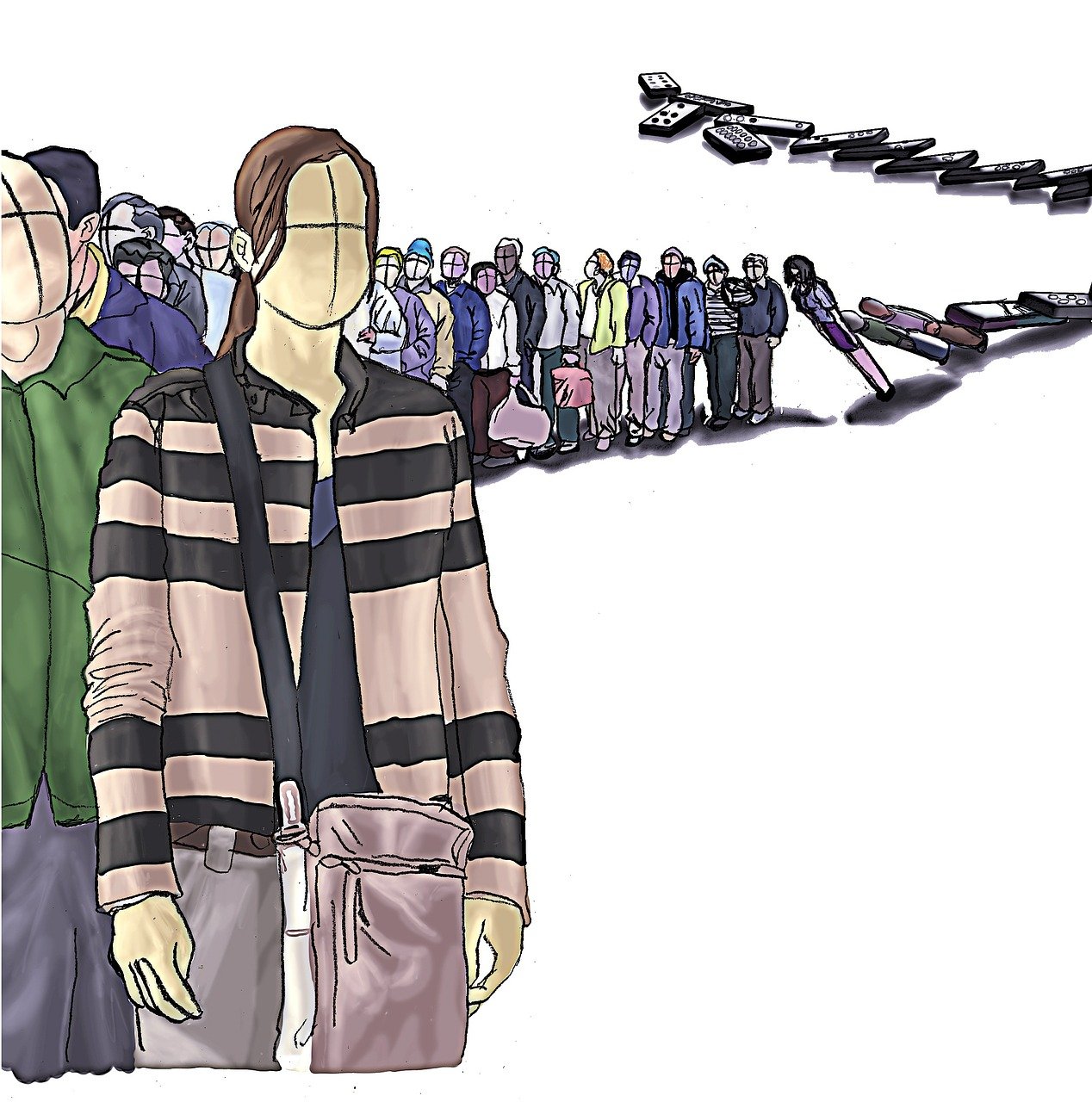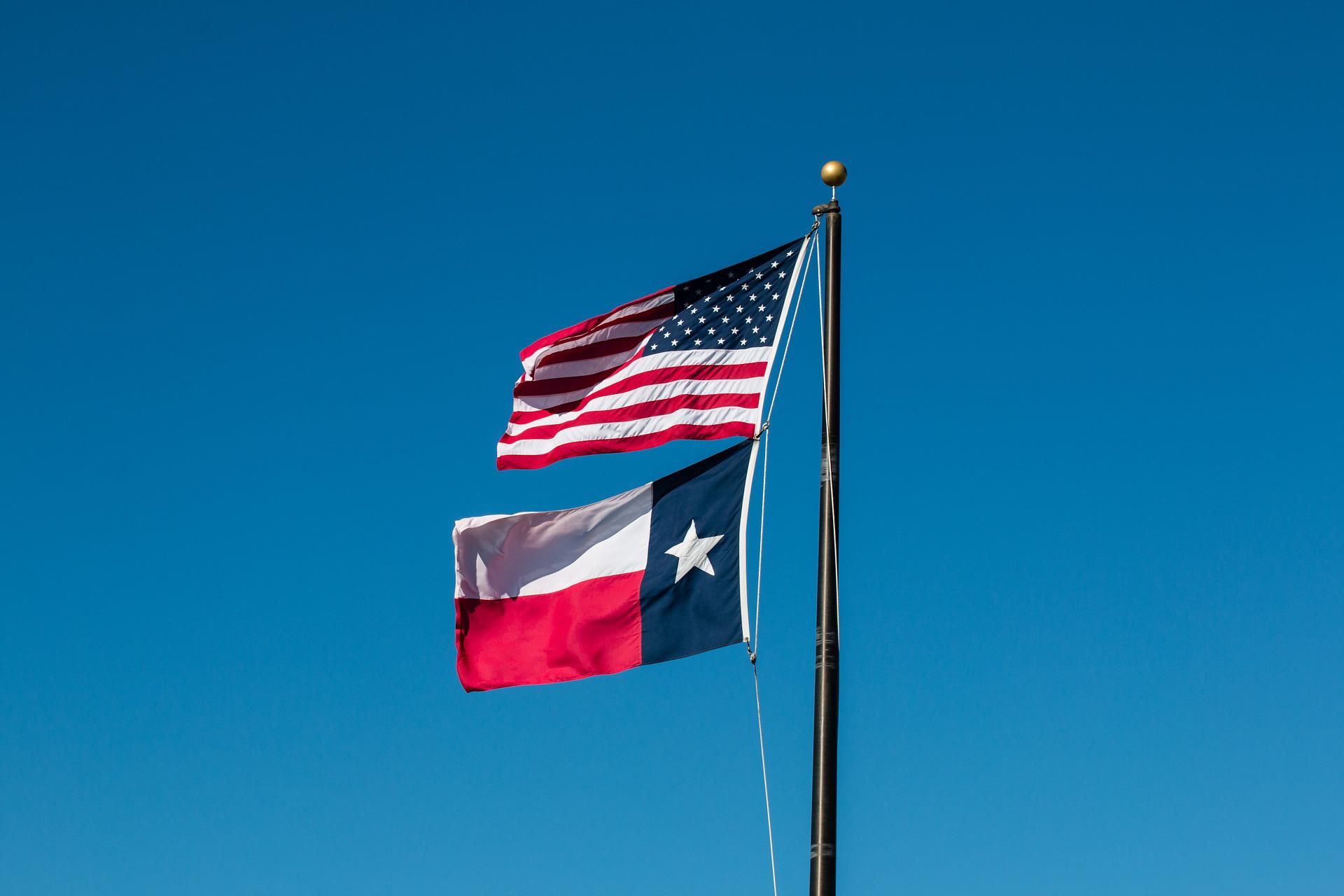 Recently, the Department of State released guidance to assist U.S. Citizens petitioning for family members in Lebanon.
Recently, the Department of State released guidance to assist U.S. Citizens petitioning for family members in Lebanon.
Here are the highlights:
- To facilitate family reunification, full immigrant visa processing has resumed for Lebanese family members of U.S. citizens, at the U.S. Embassy in Beirut.
- Routine nonimmigrant visa processing is not yet available. Individuals may apply for a nonimmigrant visa at any U.S. embassy or consulate.
Immigrant Visa Information
The National Visa Center (NVC) will directly email petitioners, beneficiaries, and representatives of spouses, children under 21, and parents of U.S. citizens with approved I-130 petitions to provide an immigrant visa interview appointment date and instructions. Applicants must check their email for updates.
Immigrant visa cases will continue to be processed according to the final action date published in the Visa Bulletin. In November/December, the U.S. Embassy in Beirut will schedule visa interviews for currently eligible family preference immigrant visa cases and nonimmigrant Fiancé (K-1) visa cases.
Case Transfers from Beirut to Other Embassies/Consulates
Individuals wishing to transfer their immigrant visa case from the U.S. Embassy in Beirut to another U.S. embassy or consulate may contact NVC via the Public Inquiry Form and in the “Enter Your Inquiry Below” box, include:
-
- The U.S. embassy or consulate where they would like their case transferred; and
-
- Likely dates of travel and preferred date for a new appointment.
Applicants must arrange their own travel to an alternate embassy or consulate for their visa appointment, including complying with any visa requirements for entering that country to attend their visa appointment.
 Visa Lawyer Blog
Visa Lawyer Blog









